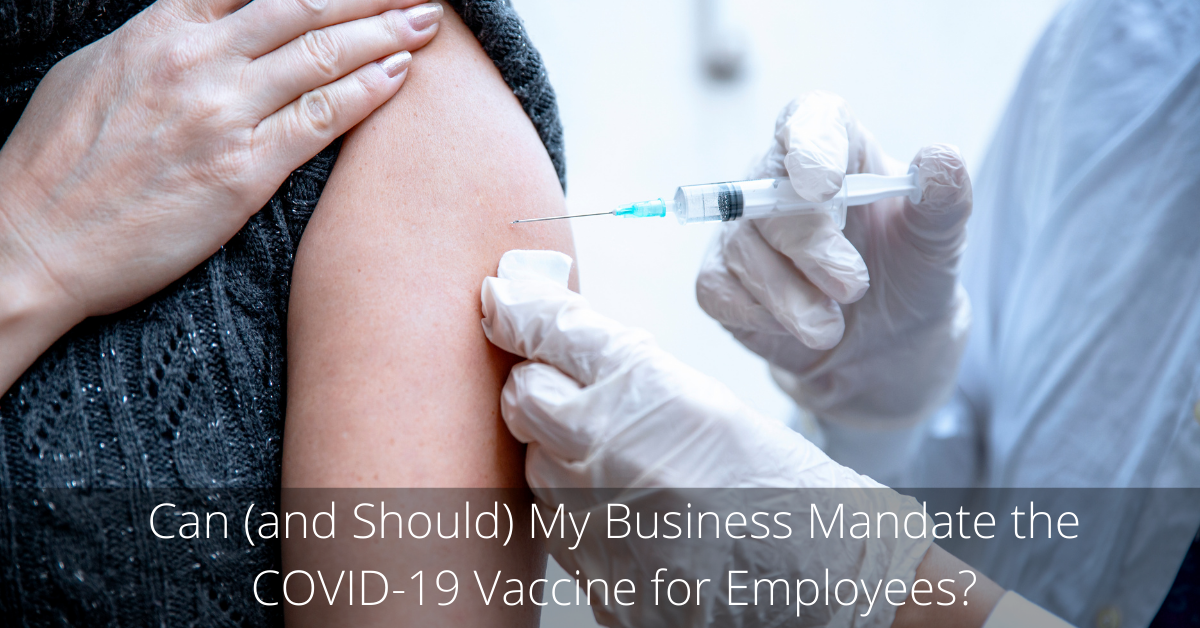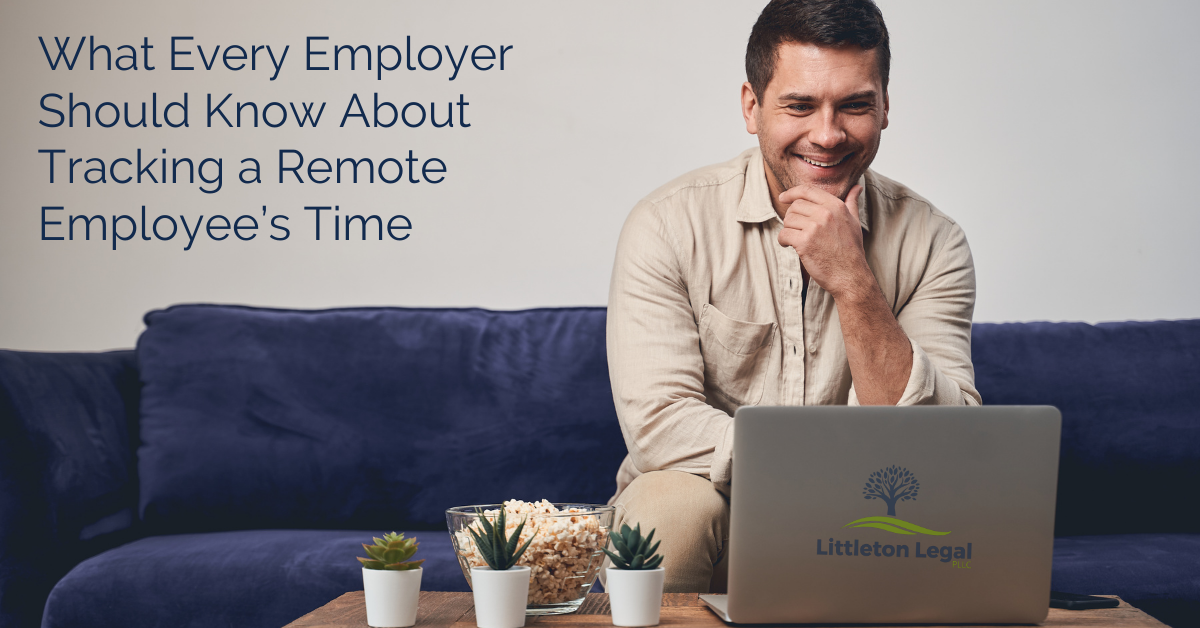It has been a tough couple of years for many small businesses, but, as the…

When Employees Are Exposed to COVID-19
Small Business Owner Guidance: When Employees Are Exposed to COVID-19
As the coronavirus pandemic plunges businesses into uncertainty, small business owners are confronted with the unique challenges of COVID-19 investigation and public health action at the workplace. The CDC has encouraged small businesses to do their part to keep their employees, customers, and themselves healthy, and business owners are struggling to adapt quickly to unprecedented workplace challenges.
If you have an employee who has had “close contact” with a COVID-positive individual, you should consider conducting a contact investigation. Per the CDC website, “close contact” is defined as being within 6 feet of an infected person for a cumulative total of 15 minutes or more over a 24-hour period starting from 2 days before illness onset (or, for asymptomatic employees, 2 days prior to test specimen collection) until the time the employee is isolated. Individual exposures are added together over a 24-hour period (e.g., three 5-minute exposures for a total of 15 minutes).
Factors to consider when examining the close contact include proximity (closer distance likely increases exposure risk), the duration of exposure (longer exposure time likely increases exposure risk), whether the infected individual has symptoms (the period around onset of symptoms is associated with the highest levels of viral shedding), if the infected person was likely to generate respiratory aerosols (e.g., was coughing, singing, shouting), and other environmental factors (crowding, adequacy of ventilation, whether exposure was indoors or outdoors). Because the general public has not received training on proper selection and use of respiratory PPE, such as an N95, the determination of close contact should generally be made irrespective of whether the contact was wearing respiratory PPE. At this time, differential determination of close contact for those using fabric face coverings is not recommended.
If you have an employee who has tested positive for COVID-19 the Families First Coronavirus Response Act (FFCRA) applies. The FFCRA went into effect on April 1, 2020 and it applies to all companies who employ between 1 and 499 employees. Until further notice from the US Congress, the FFCRA is set to expire on December 31, 2020. The FFCRA essentially requires employers to provide 2 kinds of paid leave: up to 10 days of “sick leave” and up to 10 weeks of “childcare leave” for reasons related to COVID-19.
Even if you have fewer than 50 employees, if one of them tests positive for COVID-19, you will most likely be obligated to provide up to 10 days of paid sick leave.
However, if you have fewer than 50 employees and one of them requests leave to take care of a child because schools and daycares are closed due to COVID-19, then the company MAY be exempt from providing the 10 weeks of childcare leave if an authorized officer of the company determines one of the following conditions are met:
“Company absolutely cannot afford it” — if providing the leave would result in the small business’s expenses and financial obligations exceeding available business revenues and cause the small business to cease operating;
OR
“We’re lost without this key employee” — if the particular employee’s absence would entail a substantial risk to the financial health or operational capabilities of the small business because of the employee’s specialized skills, business knowledge, or responsibilities;
OR
“We don’t have enough workers to operate” – there are not sufficient workers who are able, willing, and qualified, and who will be available at the time and place needed, to perform the labor or services provided by the employee(s) requesting paid sick leave or emergency-FMLA, and these labor or services are needed for the small business to operate at a minimal capacity.
If your employee tested positive but never developed symptoms, isolation and other precautions can be discontinued 10 days after the date of their first positive test. If your employee did develop symptoms there are two different accepted strategies for determining when your employee can return to work:
- Symptom-based strategy: The ill employee should be excluded from work until they meet all of the following CDC guidelines:
- 24 hours since her last fever without the use of fever-reducing medications,
- Symptoms have improved, AND
- Waited 10 days since symptoms first appeared.
- Test-based strategy: If the ill employee is able to get a COVID-19 test, she can be around others when all of these are met:
- 24 hours since her last fever without the use of fever-reducing medications,
- Symptoms have improved, AND
- Employee received two negative test results in a row, at least 24-hours apart.
If using the test-based strategy above, the CDC says the COVID-19 test needs to be one that is “FDA Emergency Use Authorized COVID-19 molecular assay for detection of SARS-CoV-2 RNA.”
Need more guidance on what to do when your employees have had close contact or tested positive for COVID-19? Give Littleton Legal a call at (918) 608-1836. We’ll help you navigate the rapidly changing landscape of running a small business during COVID-19.



